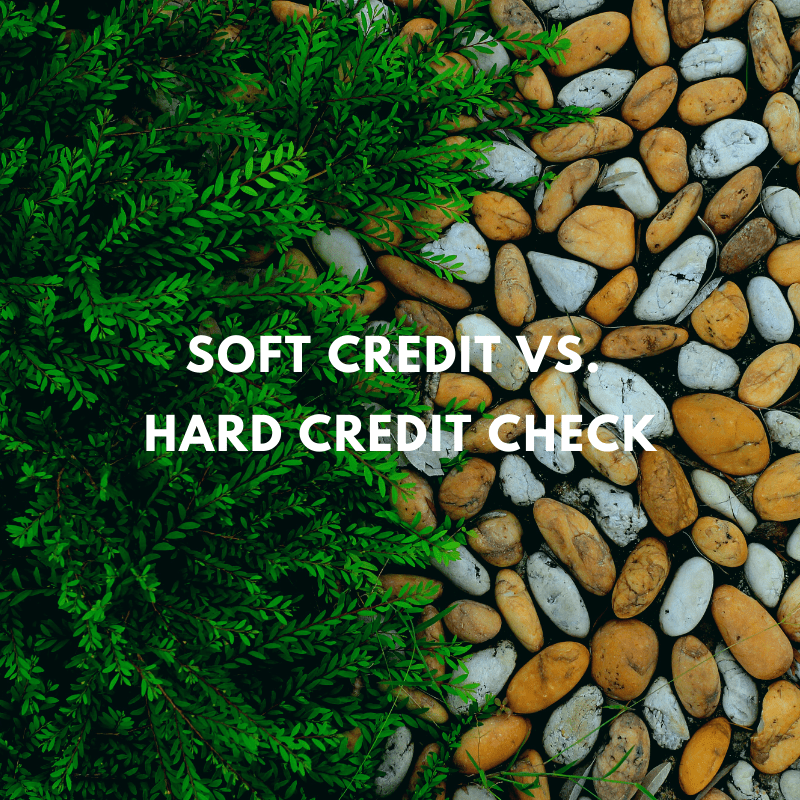If you have a bank account, then you’ve most likely come across bank statements. While many of us don’t give them a second look, this could very well end up costing you a lot of money.
Bank statements contain essential account information that can help you uncover fraud, improve your budgeting, and correct overcharges, among many other things.
In this article, we will discuss how to make the best use of your bank statement on your way to a better financial future.
What Is A Bank Statement?
Statements are a vital aspect of different financial accounts, including bank accounts. They detail all of the transactions that happen within a certain period.
In most cases, bank statements are issued monthly or quarterly (every three months).
There’s usually one monthly bank statement per account, so if you have multiple bank accounts (such as a savings account, a checking account, and a credit card), you’ll receive separate statements for each. Each bank statement will have the account details, so it should be easy to tell them apart.
If you are transferring money between accounts, you will be able to see those transactions in both bank statements.
What’s On A Bank Statement?
As we discussed earlier, the key feature of statements is that they contain details of all the transactions that occurred within that statement period. But they also include other important account information:
Header Information
At the top of the bank statement, you’ll find what is called the header. The header contains important information including:
- Details of the bank. Like their logo, address, and phone number.
- Your details. Here you will typically find your name and address.
- Document title. The document title will indicate that the document you’re reading is, in fact, a bank statement and may also list the type of account the statement is for, such as Checking, Savings, Money Market, etc.
- Statement period. Bank statements show transactions within a certain period, aka the statement period. You’ll see the start and end date (also called statement date).
- Account number. Your account number refers to the bank statement’s account number, which can help you know which account the statement is for, especially if you have multiple accounts with the same bank.
Previous Balance
Most bank statements start with the same entry: previous balance, which refers to your balance at the end of your last statement.
You can easily find your last bank statement and compare the two numbers.
Learn More:
Transactions
Right underneath the previous balance, which is also known as starting balance, you will find a list of all of the transactions during the statement period.
Going across, you will see several columns, of which there are generally 6. If you have more or less, don’t panic – not all bank accounts follow the same structure, and this is fine as long as you can understand how money moved in and out of your account.
Columns will generally include the following:
- Transaction date: the date on which the transaction was processed.
- Description of the transaction: it might not always be there, but often you’ll see a description of the transaction.
- Transaction reference: you will most likely have to quote it should you ask the bank about it.
- Withdrawals: when there is a number in the withdrawals column, it shows that the amount indicated was withdrawn from the account.
- Deposits: when there is a number in the deposits column, it shows that the amount indicated was withdrawn from the account.
- Balance: the running balance of the account, which you can work out by adding the line deposit or subtracting the line withdrawal from the balance indicated in the line above.
Transactions will generally fall into one of the following four categories:
- Deposits. Money that was put into your account may include your paycheck, direct deposits, tax refunds, cash checks, and transfers received.
- Withdrawals. These are the withdrawals that were withdrawn from your account and may include ATM withdrawals, purchases, bill payments, transfers, or direct deposits sent.
- Interest. If your account is interest-bearing, this will show interest payments received in your account.
- Fees. These are the account fees paid from your account and may include monthly maintenance fees, transaction fees, NSF fees, overdraft fees, etc.
If you have multiple bank accounts, you will reconcile any transfers that you do between your accounts. The money you transfer will show as a withdrawal from one account and a deposit in the other.
Why Do I Receive Bank Statements?
Financial institutions such as banks and credit unions offer bank statements to account holders. In most cases, you can receive the bank statements in the mail or electronically.
When you receive a bank statement by mail, the bank is printing out your statement’s electronic version and sends it to you by mail.
Most banks will charge a fee for this service, usually set at a few dollars per month. If you’re still receiving bank statements by mail, you might want to go paperless and save yourself a few bucks every month.
Electronic Bank Statements
Electronic statements, also known as e-statements, are by and large free. You can access them through online banking or the mobile banking app. You can view them earlier than paper statements since they don’t travel by mail, which makes them more convenient (and, of course, they’re also more environmentally friendly).
Either way, they both contain the same information and are essentially a copy of each other. Of course, if you have a printer at home, you are free to print the electronic statement yourself and save yourself the charge associated with receiving bank statements by mail from the bank.
Regardless of the format, bank statements are an important, if not vital, aspect of your personal finance. Since they list all of the account transactions, they help you account for all income and expenses, make sure that there were no fraudulent charges, and can even help you improve your budget.
How To Use Your Bank Statement
As we said earlier, bank accounts are an important tool that can be extremely useful in managing your finances. They help you understand how much money you’ve got coming in and how much you’re spending on various things every month.
We recommend monitoring your checking accounts at least monthly for fees, fraudulent activity, and more. Here’s what you should look at your bank statement for:
1. Bank account reconciliation
Bank accounts list all of the transactions that happen within your account, showing money leaving and entering your account. To help you make sure each transaction is accurate, you will also find a running balance, helping you make sure that everything adds up. Be sure to highlight any inaccuracies to the bank as soon as possible.
2. Catch fraudulent activity
Identity theft can have serious repercussions. Bank statements can help you stay safe. If you do not recognize any of the transactions, especially withdrawals, you will need to investigate further or raise the alarm.
Before calling your bank to tell them you have found fraudulent transactions, make sure that the payment is not for a subscription you forgot about or a coffee you forgot you bought on the way to work.
3. Correct mistakes
Bank accounts not only contain a list of all of the transactions, but you’ll also find details of those transactions. Knowing these details can help you remember what each transaction was and recognize if you have been incorrectly charged for something.
4. Find fees
Many banks are well known for charging a lot of fees, which could be eating away at your money. Bank statements allow you to identify any such fees, which can help you understand why they’re being charged and find out how to avoid the fees.
5. Improve your budgeting
Budgeting is an important part of building wealth. When done correctly, budgets can help you plan expenses well in advance and help you make sure you have enough money to cover everything you need, and hopefully have something left to save.
Your bank statement is an accurate picture of your expenses, which can help you understand where your money is going and what is coming in. Use the bank statement to feedback into your budget, and if you find yourself in a tight financial spot, comb through it to see which expenses you might be able to reduce or completely cut off.
Frequently Asked Questions
How can I get a bank statement?
If you decide to go paperless, you can get your online statements by logging into your bank’s website or mobile app. If you prefer a paper copy, you will need to opt-in, and then the bank will automatically send it to you by mail. In most cases, paperless statements are free, while physical copies cost – because printing and shipping them is an expense for the bank.
How do I get a PDF of my bank statement?
To get a PDF of your statement, simply log in to your mobile banking app or bank’s website. From here, you will be able to download your bank account statement in electronic format as soon as it’s made available.
What is an official bank statement?
An official bank statement is a monthly statement issued by the bank. It shows your account balance as well as your bank transactions that month. Official bank statements are often requested by lending when you are applying for a mortgage or loan.
Are bank statements important?
Bank statements sometimes get a bad rep for being useless and unreadable. In reality, this couldn’t be further from the truth as they give us an accurate and concise view of how we are making and spending money. Knowledge is power.
Bank statements can also play an important role when reviewing your banking activity to understand if any fraud has been taking place. Many banks will refund fraudulent transactions – as long as you report them quickly. Ensure that you check your bank statement regularly for such transactions and report them as soon as possible to the bank if you find any.
Remember that while printed paper statements cost money, e-statements are free – so you not only get to save money and a few trees along the way.





Comments are closed.
Comments are closed here.